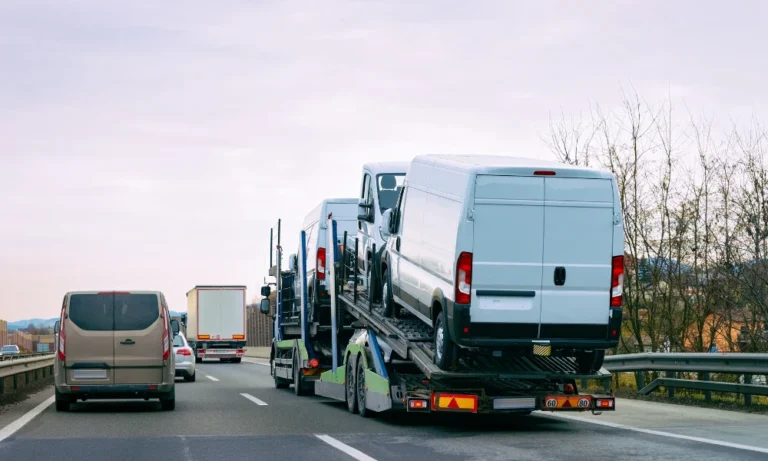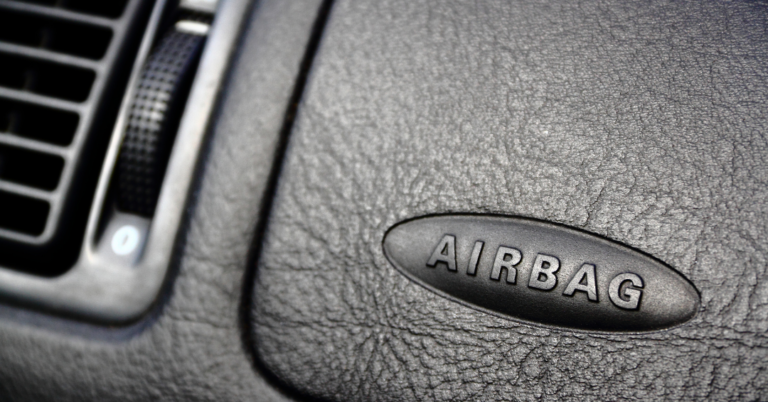All motorcycle riders should have a full understanding of motorcycle laws from when they obtain their motorcycle license. They should also know that when a motorcycle accident happens, they may face the blame even if they did nothing wrong.
Abiding by the rules is something you need to do as a motorcyclist, and when it comes to motorcycle lane splitting, Wisconsin motorcycle enthusiasts should know it’s not legal. Understanding lane splitting laws in Wisconsin is vital for avoiding accidents and the potential liability that can come in the aftermath.
Pemberton Personal Injury Law Firm features a team of motorcycle accident attorneys who are committed to helping victims recover compensation for their injuries and protect their legal rights. In this blog post, we explain what the Wisconsin Department of Transportation considers white lining or lane splitting, and how an accident involving lane splitting could impact your motorcycle accident case.
What Is Lane Splitting?
Lane splitting, which is sometimes called white lining, involves riding a motorcycle between two traffic lanes. It is defined by riding in the middle of the traffic lane along the white line.
According to traffic laws in the state, lane splitting is illegal. These motorcycle laws are in place to keep all motorists, especially those on motorcycles who are far more vulnerable, safe from motorcycle crashes.
What Are Wisconsin’s Lane Splitting Laws and How Do They Compare to Other States?
Is lane splitting legal? The legal status of lane splitting in Wisconsin is that it is prohibited by traffic laws under Wisconsin Statute 346.595. A lane-splitting accident can have serious consequences for motorcyclists and their passengers.
While it is illegal in Wisconsin, you may be wondering if lane splitting is legal in any state. Currently, California is the only state that allows lane splitting. Other states may be a little more lenient with other practices, such as lane filtering, though most have laws that forbid lane splitting to keep roads safe. Therefore, if you are in an accident involving lane splitting, you may be partially at fault for breaking the law.
Lane Splitting vs Lane Filtering vs Lane Sharing
In addition to lane splitting, there is also lane filtering and lane sharing. Lane filtering, or traffic filtering, is also banned in Wisconsin. This action is when a motorcycle rides between two lanes when other vehicles are either moving slowly or completely stopped.
However, while lane splitting is illegal, Wisconsin law permits motorcycles to share the same lane with two motorcycles riding in a staggered formation. Some confusion may arise with splitting lanes on the road, as motorcyclists can park in a metered stall with up to three motorcycles in one spot, while in parallel parking areas, they can park at an angle. Parking is far different from being in motion on the road. If you ride a motorcycle, you should make sure you understand these requirements, or you may face difficulties recovering damages after a motorcycle accident.
What Could Happen If You’re in a Lane Splitting Accident?
If you are in a motorcycle crash and you were lane splitting or are being accused of this action, you may find it difficult to avoid liability. This is why it’s important to gather evidence at the accident scene. Taking photos and videos can help determine how the accident occurred.
Lane splitting aside, other motorists often do not notice motorcyclists. Whether they do not check their blind spots, are distracted, or simply aren’t good drivers, ultimately, motorcyclists pay the price with serious injuries that require urgent medical attention.
Insurance companies love to blame those riding motorcycles, even when a motorcyclist rides properly. Make sure that you contact a motorcycle accident lawyer as soon as possible after your crash to ensure you have someone standing up for your best interests.
Does an Accident with Lane Splitting Affect Compensation?
Every motorcycle accident lawyer will tell you that an accident with lane splitting will impact compensation. In Wisconsin, comparative negligence under § 895.045 allows for shared blame among the drivers of other vehicles in crashes. Other motorists may have failed to obey traffic laws, but if you were also breaking the rules, it means your compensation will be reduced by your percentage of fault.
Insurers will do what they can to minimize payouts on these claims, and a common trick they use is to assign more than 50% of the blame to motorcyclists. Even being 51% at fault bars you from collecting compensation. The only way to protect yourself from this is to contact a motorcycle accident attorney to review your legal options.
Tips for Motorcyclists to Safely Navigate Wisconsin Roads
Protect your safety and prevent challenging legal issues from arising by obeying all rules of the road. If you did not know it was not legal to ride between traffic lanes amidst other drivers, now you know this law. You can stay safe by riding in a single lane with other motorcyclists, though avoid parallel operation and keep a staggered stance in the lane.
Never ride between two vehicles, even if traffic is moving slowly or at a full stop. Above all, obey the speed limit and be vigilant of others. Many motorists fail to pay attention, and that lack of duty to others on the road can lead to motorcyclist fatalities. Maybe it isn’t exactly fair, but you need to pick up the slack to ensure that you arrive alive.
Helmets are only mandated by the law for those under the age of 18, though, regardless of your age, protect yourself from serious injuries in the event of a crash by wearing one. Wearing other protective gear while riding your motorcycle can provide added protection that minimizes your chances of injuries. Choosing clothing that is bright or made with reflective materials will help you stand out and has the potential to keep you safe, whether you ride to commute or as an enthusiast.
 Calls Answered 24/7
Calls Answered 24/7


